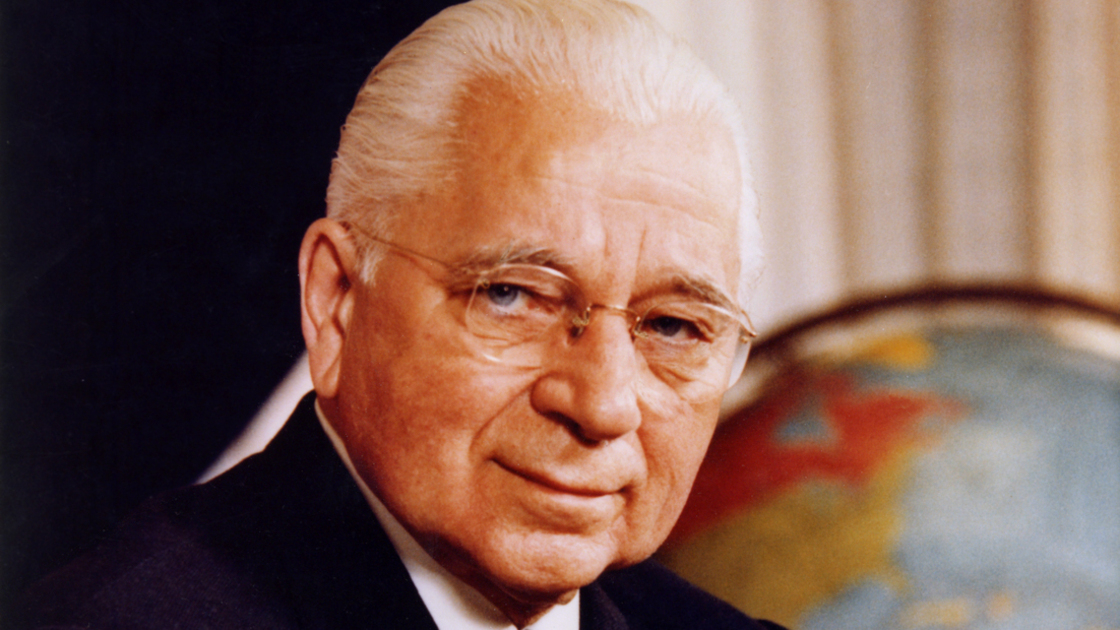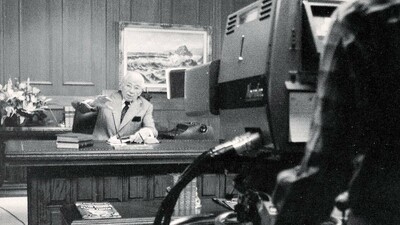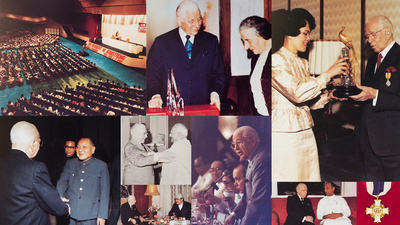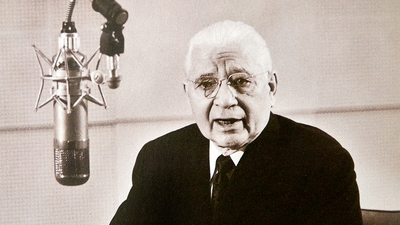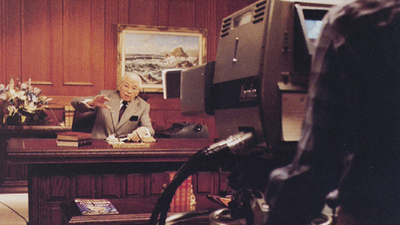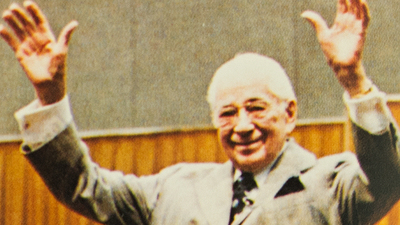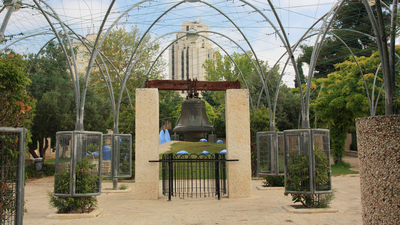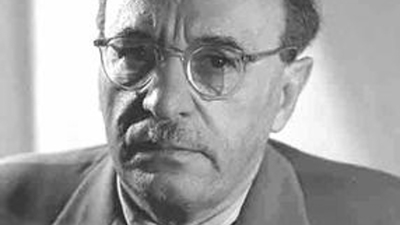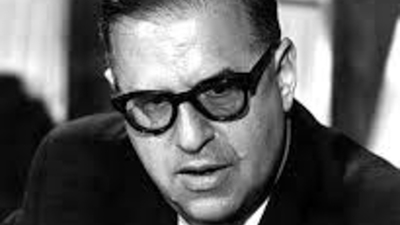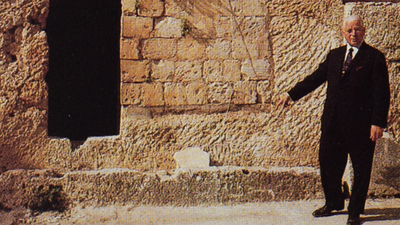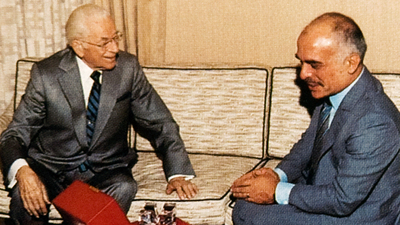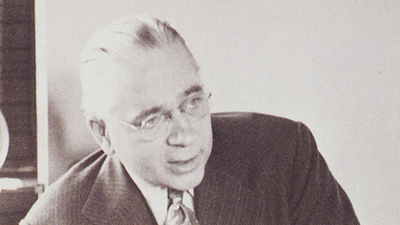Herbert W. Armstrong: An Unofficial Ambassador for World Peace
Herbert W. Armstrong, 1892-1986.
Publisher, educator, broadcaster, humanitarian, “unofficial ambassador for world peace,” Herbert W. Armstrong was an acquaintance and friend of leaders from around the world.
Born in 1892, Mr. Armstrong experienced the advent of the industrial age, the transportation age, the nuclear age, the space age and the information age. He witnessed two world wars and revolutions in culture, economics, warfare and society.
Called into God’s service and away from a promising career in advertising, quite against his will, Mr. Armstrong endured years of poverty and the smallest of beginnings for what would become a gigantic worldwide work communicating God’s message of warning and inspiring hope.
He became a pioneer and then the world’s leader in televangelism and one of the most prominent religious leaders of the 20th century, watched, read and followed by millions worldwide.
Mr. Armstrong established Ambassador College in 1947 in Pasadena, and later founded two more campuses in Big Sandy, Texas, and Bricket Wood, England. Thousands of students were educated by this life-changing institution for higher learning.
In the latter part of his life, Mr. Armstrong met with heads of state and other high officials around the world. In his personal audiences with kings, princes, presidents, prime ministers, emperors, mayors, justices, members of the legislature and other leaders of government, society and business, he became known as an “ambassador without portfolio for world peace.”
When he died in 1986, Mr. Armstrong left behind a church with 725 congregations in 57 countries with a weekly worldwide attendance of 120,000 and 1,200 ministers. Another 210,000 people contributed to the work regularly, and the church received more than $160 million annually—more income than was received by Jimmy Swaggart, Oral Roberts, Jim Bakker, Jerry Falwell, or Robert Schuller, all popular televangelists at the time.
Swaggart’s, Roberts’s and Falwell’s programs were aired in 197, 192 and 172 television markets, respectively, but The World Tomorrow with Herbert Armstrong could be viewed on 382 stations and 36 radio outlets around the world.
The church’s flagship magazine, the Plain Truth, was published in seven languages with a worldwide circulation of 8.4 million. The church’s Good News Christian-living magazine had a circulation of 828,000. Added together, these two magazines exceeded the circulations of Time and Newsweek combined.
Herbert W. Armstrong’s Legacy
Under Mr. Armstrong, the church also produced a popular youth magazine with a circulation of 2.3 million, a 32-lesson correspondence course in which more than 2 million people enrolled over its 30-year lifespan, and an array of books and booklets. More than 40 million books or booklets were distributed over the course of Mr. Armstrong’s 50-year ministry, the most-requested of which was The United States and Britain in Prophecy, at 6 million. Between 1980 and 1985, the church distributed 447.5 million books, booklets, magazines, newspapers, lessons and letters. In 1985 alone, it answered 1.1 million telephone calls, received 6.7 million pieces of mail and added 2.1 million new names to its database.
At the end of 1985, as soon as it arrived from the printer, Mr. Armstrong’s final book was requested more than any other. In less than four months, 740,000 people requested Mystery of the Ages, making it the fastest-moving publication the church had ever produced.
Although Mr. Armstrong’s successors would disagree, United States President Ronald Reagan summed up the sentiments of church members and non-members alike upon the news of his death: “Mr. Armstrong contributed to sharing the word of the Lord with his community and with people throughout the nation,” he said. “You can take pride in his legacy.”
